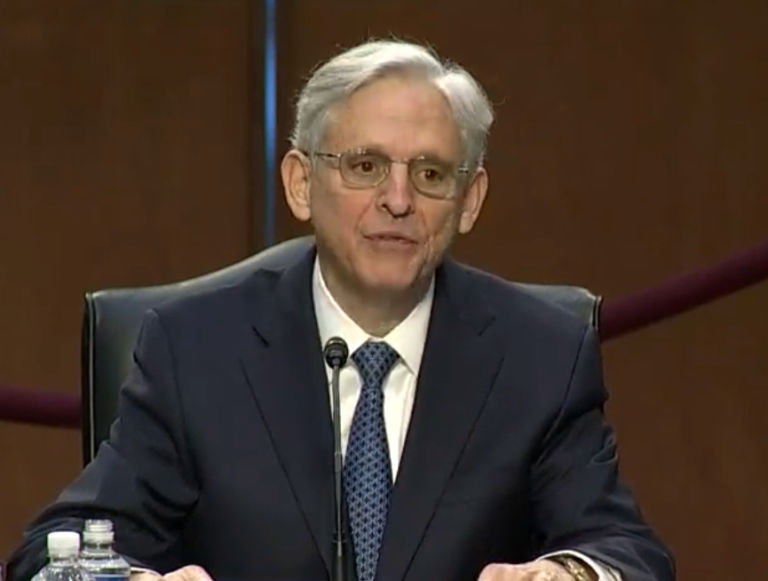Suzanne Venker writes for the Washington Examiner about a new study of California’s taxpayer-funded family leave program.
A new paper published by the National Bureau of Economic Research found that California’s 2004 paid leave law, which provides an extra six weeks of paid leave at 55% of one’s pay, didn’t do what it was supposed to do: get mothers back to work.
“The authors find scant evidence that the policy increased employment,” writes Robert VerBruggen at the Institute for Family Studies. “Further, while many hoped that paid leave would help mothers stay with their current employers instead of finding new jobs when they returned to the workforce, this behavior didn’t increase, either. Some mothers apparently transitioned to more flexible work arrangements or cut back their hours.”
At some point, one has to feel bad for gender equality advocates. No matter how many books they publish or organizations they start or policies they enact, they just can’t get women to do what they want women to do. California’s Paid Family Leave Act ended up reducing employment for new mothers by 7% and lowering annual wages by 8% for mothers six to 10 years after giving birth.
That may be bad news for companies, but it’s great news for children and families. And it’s great news for married women, who continue to reject the country’s demand that they remain in the workforce after the birth of their child.
What’s conveniently left out of articles and discussions about paid leave, or even the gender pay gap, is what happens behind the scenes when a new mother holds her baby for the first time. No one wants to talk about it, yet that’s where we find the answer to why the pay gap persists and why all the paid leave in the world won’t matter.
Women simply change when they give birth. They don’t care about work the way they did before.


